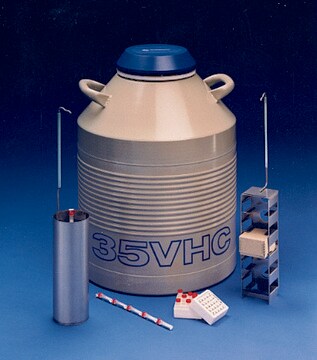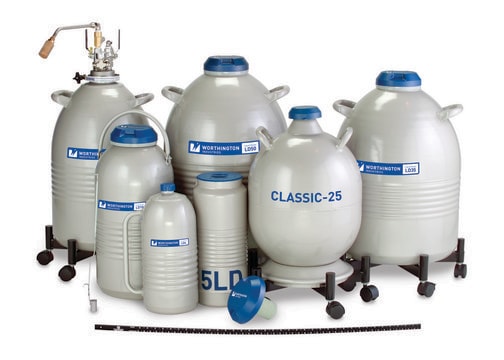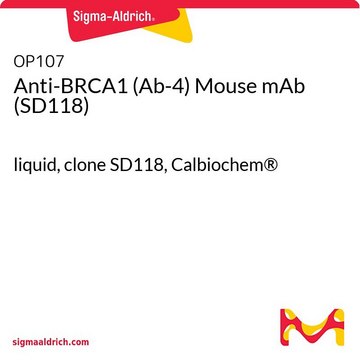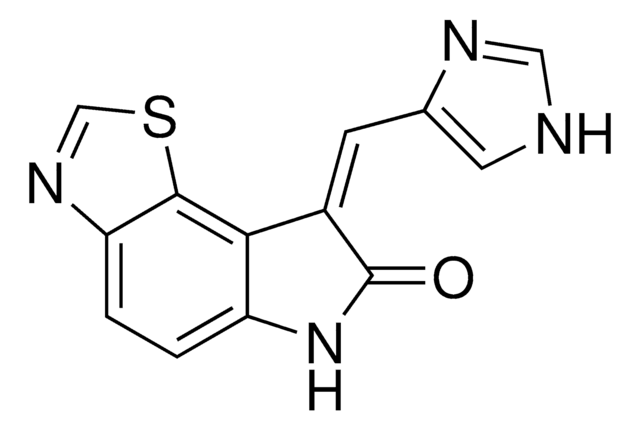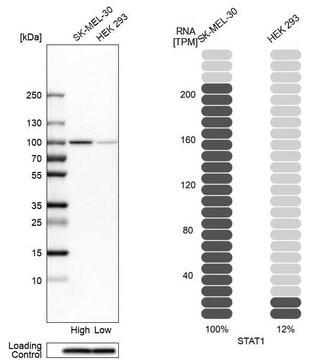Wichtige Dokumente
C4859
Cycloheximid -Lösung
Ready-Made Solution, microbial, 100 mg/mL in DMSO, Suitable for cell culture
Synonym(e):
CHX
About This Item
Empfohlene Produkte
Biologische Quelle
microbial
Qualitätsniveau
Beschreibung
suitable for testing specifications (CHO C. growth inhibitor)
Form
solution
Konzentration
100 mg/mL in DMSO
Löslichkeit
DMSO: soluble
Wirkungsspektrum von Antibiotika
fungi
yeast
Wirkungsweise
protein synthesis | interferes
Lagertemp.
2-8°C
SMILES String
O=C1[C@@]([C@H](O)CC2CC(NC(C2)=O)=O)([H])C[C@@H](C)C[C@@H]1C
InChI
1S/C15H23NO4/c1-8-3-9(2)15(20)11(4-8)12(17)5-10-6-13(18)16-14(19)7-10/h8-12,17H,3-7H2,1-2H3,(H,16,18,19)/t8-,9-,11-,12+/m0/s1
InChIKey
YPHMISFOHDHNIV-FSZOTQKASA-N
Angaben zum Gen
human ... FKBP1A(2280) , PIN1(5300)
Suchen Sie nach ähnlichen Produkten? Aufrufen Leitfaden zum Produktvergleich
Spezifität
Biochem./physiol. Wirkung
Sonstige Hinweise
Signalwort
Danger
Gefahreneinstufungen
Acute Tox. 3 Oral - Aquatic Chronic 3 - Eye Irrit. 2 - Muta. 2 - Repr. 1B - Skin Irrit. 2
Lagerklassenschlüssel
6.1C - Combustible acute toxic Cat.3 / toxic compounds or compounds which causing chronic effects
WGK
WGK 3
Flammpunkt (°F)
188.6 °F - closed cup
Flammpunkt (°C)
87 °C - closed cup
Zulassungslistungen
Zulassungslistungen werden hauptsächlich für chemische Produkte erstellt. Für nicht-chemische Produkte können hier nur begrenzte Angaben gemacht werden. Kein Eintrag bedeutet, dass keine der Komponenten gelistet ist. Es liegt in der Verantwortung des Benutzers, die sichere und legale Verwendung des Produkts zu gewährleisten.
EU REACH Annex XVII (Restriction List)
Hier finden Sie alle aktuellen Versionen:
Besitzen Sie dieses Produkt bereits?
In der Dokumentenbibliothek finden Sie die Dokumentation zu den Produkten, die Sie kürzlich erworben haben.
Kunden haben sich ebenfalls angesehen
Unser Team von Wissenschaftlern verfügt über Erfahrung in allen Forschungsbereichen einschließlich Life Science, Materialwissenschaften, chemischer Synthese, Chromatographie, Analytik und vielen mehr..
Setzen Sie sich mit dem technischen Dienst in Verbindung.

